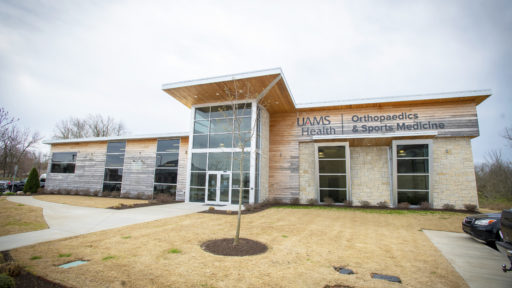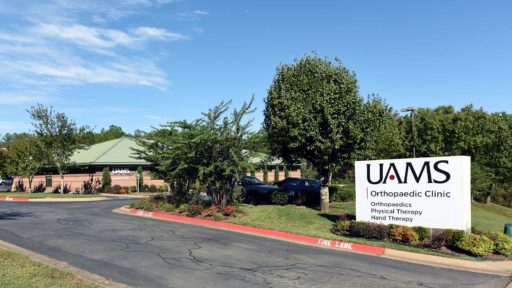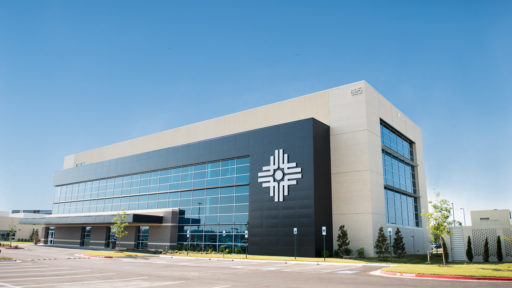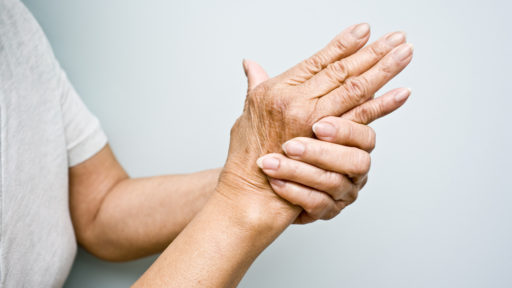The brachial plexus is a cluster of nerves running from the spine down the arm and hand. These nerves control the motion and feeling in your arms, wrists and hands. These nerves are important in everyday tasks in life.
Injuries to the brachial plexus can occur at birth and as a result of trauma. Traumatic injuries are often the result of motorcycle and automobile accidents. Brachial plexus injuries can be minor or severe. Stingers and burners are minor injuries to the brachial plexus that often occur in contact sports. These minor injuries typically resolve without surgery. Severe injuries can lead to permanent deficit of function and sensation.
The brachial plexus is a network of nerves that sends signals from the spine to the shoulder, arm, and hand. Damage to the brachial plexus can cause symptoms such as:
- A limp or paralyzed arm
- Lack of muscle control in the arm, hand, or wrist
- Lack of feeling or sensation in the arm or hand
Brachial plexus injuries can happen because of shoulder trauma, tumors, or inflammation. Sometimes they happen during childbirth when a baby's shoulders become stuck during delivery and the nerves stretch or tear.
Some brachial plexus injuries may heal without treatment. Many children who are injured during birth improve or recover by 3 to 4 months of age. Treatment includes physical therapy and, in some cases, surgery.
NIH: National Institute of Neurological Disorders and Stroke
Courtesy of MedlinePlus from the National Library of Medicine.
Syndicated Content Details:
Source URL: https://medlineplus.gov/brachialplexusinjuries.html?utm_source=mplusconnect&utm_medium=service
Source Agency: National Library of Medicine









